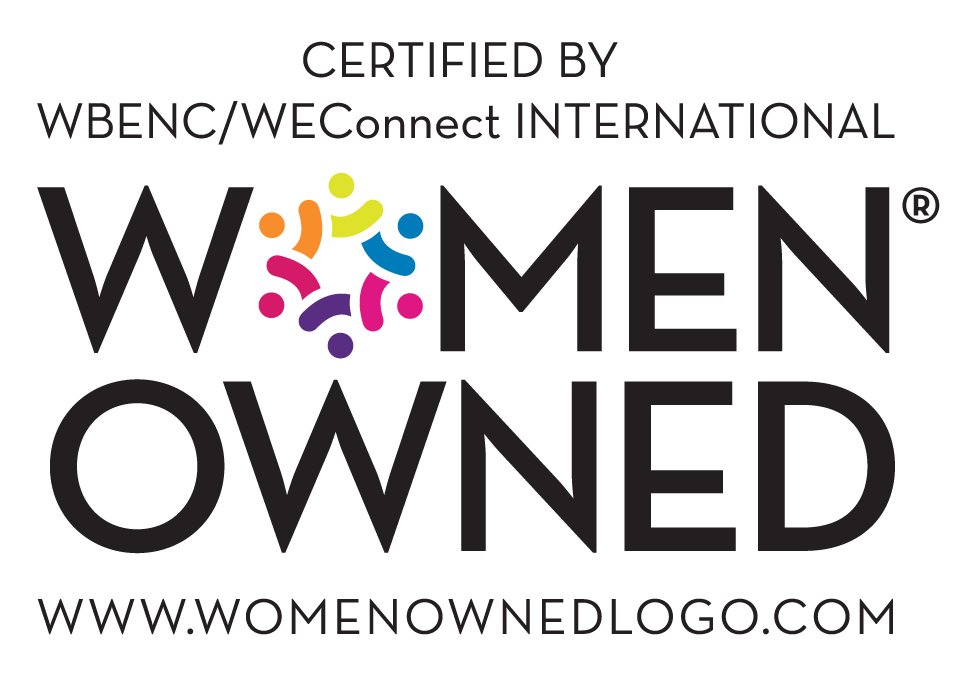Organization Size: 90+ employees
United Way of Salt Lake City
Organizational Result:
All individuals in Utah are economically mobile.

The Challenge of a Commitment to
Equity and Results
In 2020, Bill Crim, CEO of United Way Salt Lake (UWSL now Utah’s Promise), was contemplating how to build an organization with an
absolute commitment to both equity and results.
The issue was two-fold:
How does UWSL expand the skills of individual team members to embrace a mindset of focusing on achieving results while also centering equity?
They observed two trends. Either team members were highly skilled and trained in utilizing tools and processes of results-based accountability and continuous improvement framework, or they were highly skilled and attentive to equity, representation, community voice, and challenging dominant power structures. Ideally, teams would be skilled in both.
How does UWSL tackle organizational complexity by ensuring clarity around organizational goals and roles?
They had observed a lack of clarity. There was confusion about the roles of individuals and departments and how those roles align in achieving organizational results.
While seemingly separate problems, Bill knew they were related and these challenges would require a nuanced and aligned solution.
A Nuanced & Aligned Solution
After reading Dr. Adriane Johnson-Williams’s article Threading the Needle Between Results and Oppression, Bill resonated with her mindset. Knowing her skill, expertise, and shared commitment to results and equity, he reached out to her to discuss UWSL’s challenge.
UWSL selected Standpoint’s methodology because:
- Their process centered both equity and results.
- Their approach would help them expand their individual contributors’ skills and create organizational clarity.
- Their plan guided and drove the entire process ensuring they were able to move the work forward to gain absolute clarity.
Standpoint’s results alignment process made it easy to collaborate and practice the skills they were learning. Tools and meeting agenda templates empowered them to continue the alignment process with their team members, departments, cross-departmental teams, and their community partners.
“Getting to absolute clarity about each department’s and individual’s
roles is essential. They brought the driving process to us.”
~ Bill Crim, Chief Executive Officer
Moving Towards Alignment Together
From the first in-person launch workshop and throughout the entire process, the UWSL team felt incredibly supported. Standpoint made them feel comfortable and assured them that each of their voices were necessary to this process. The approach has allowed UWSL to collaborate more easily and make better decisions faster.
- Conversations have been more productive: Each contributor, team, and department can articulate in a sentence or two what they do, the result they are working towards, how they measure their success, and how that contributes to the ultimate result of the organization.
- People feel connected and they see how their role and others’ roles contribute to the organization’s result. They have a common language and they were empowered to recognize and find solutions to inefficiencies.
- All the work of the organization is aligned with a results statement. They use key indicators and performance measures as their system for continuous improvement.
“It gave me clarity I didn’t know I needed, which helps me be a better leader
and better support my department.”
~ Sandra Carpio, Managing Director, United Way Salt Lake
Role Clarity Created Organizational Clarity
One of the most persistent problems that UWSL faced was an organization-wide lack of clarity. Employees continually shared that they did not have role clarity for themselves or others, which was affecting how they achieved results. Results alignment delivered language to help discuss and communicate with each other to gain greater clarity in situations.
“We’ve done a lot of things over the years to bring greater clarity. Nothing has been as powerful as this.”
– Bill Crim, CEO
Clarity in Hiring, Onboarding, and Role Transitions
Like many organizations, UWSL experienced shifts in their workforce during the pandemic. After working with Standpoint, UWSL leaders were better equipped to keep the work moving forward as they brought in new teams and shifted team members into new roles. Standpoint provided a guide for how to quickly and succinctly communicate role expectations and the performance measurements that team members would be accountable for.
Jessica Miller, Lead Network Director, said about her experience that she’s “never felt so prepared or supported for a job before.”
During this process, two UWSL team members were promoted. They both reported clarity regarding the results they were tasked to achieve and understood the metrics that would indicate impact. Not only did this help team members better achieve results, it also allowed them to feel more confident in their new roles.
“Knowing what our indicators were and what impact I have over them was really useful for me personally being able to have confidence in my role and that my role was contributing to our results in the right way.”
– Garet Hawley, Sr. Director, People Operations
Clarity in Performance Measurement
Databases have been established for all contributors with accessible and measurable results that are clearly defined. This allows the team and individual performances to be easily reviewed, revised, and improved when necessary.
“Being able to clarify the primary function and tasks as a department has helped us eliminate
a lot of time, energy, and given us space to focus on more critical tasks.”
~ Garet Hawley, Sr. Director of People Operations
Indicators & Measures for Continuous Improvement
UWSL has embedded the practice of results alignment to inform the work they do, why they do it, how they do it, with whom they do it, and how they track and measure it. This is creating a cultural DNA of curiosity and collaborative decision-making.
“It’s helping us identify where we are spinning our wheels by asking how that fits into your core function and your result and also helps to realize why certain tasks aren’t getting done.”
~ Peter Moes, Chief Development Officer
Making Equity Actionable
UWSL’s commitment to equity has been centered in this process from the beginning. They applied the results alignment foundation to ask themselves what does equity mean, how do we operationalize it, and how do we measure it?
Their “Equity Roadmap” reflects their commitment to results and continuous improvement. The results-alignment approach supports their focus on critical areas like organizational structure, operations, policies, procedures, and practices.
“All of the foundational work from the results alignment is supporting our ability to
[follow the equity roadmap].”
~ Christina-Mai Takahashi Just, Chief Equity Officer, People & Culture Team




